Dredging may be only option for exterminating invasive hydrilla plants
1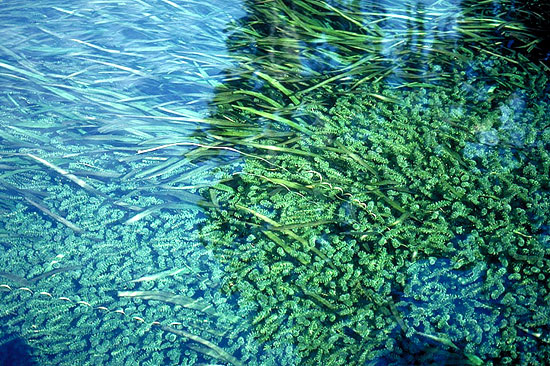
Suction-based dredging could help to permanently remove invasive hydrilla plant “tubers” from Clear Lake in Lakeport, Calif. The non-native Hydrilla verticillata, which is considered the most problematic invasive aquatic plant in the U.S. by many aquatic weed scientists, can decimate fish and wildlife habitat. It has infested numerous southern states, along with California, Washington, and Idaho.
The proposed dredging project would take approximately five years, during which time the top 12 inches of sediment would be removed from areas on the lake bottom where the tubers have been discovered. Carolyn Ruttan, invasive species program coordinator for the Lake Country Department of Water Resources, said the hydrilla plants could engulf the entire lake within seven to eight years if left unchecked. She also noted that 365 of the invasive weeds have already been spotted in the lake since 2007.
Hydrilla plants take over aquatic ecosystems by forming dense mats. They are capable of growing in conditions with less light, more efficient at nutrient uptake, and spread much faster than native plants. New plants can grow from nothing more than even small root or stem fragments. Additionally, the so-called “tubers,” compact structures that form in great numbers on the plant’s leafy stem, can break off from the parent plant, settle into the sediment, and grow into new plants.
Dredging is seen as one of the few viable options to eliminate the weed problem permanently. Chemical means have been utilized in the past, but the herbicides must be reapplied each year to keep the weed problem under control. The tubers that break off from the plants are capable of lying dormant in the sediment for up to nine years before growing into new plants.
The dredging operation would extract lake-bottom contents, anticipated to be a mix of 90 percent water and 10 percent sediment and hydrilla plants, through a 20-foot pipe connected to a barge. There, contents would run through a filter that captures both items of possible archeological value as well as the invasive weeds. Dredged material would then be offloaded into a covered dumpster at nearby docks and delivered elsewhere for dewatering.
A trial run of the project, which the DWR would complete this year, awaits the approval of the U.S. Army Corps of Engineers, California State Lands Commission, California Department of Fish and Game, and Central Valley Regional Water Control Board.
Hydrilla may be removed with suction dredger [Lake County Record-Bee] General Information About Hydrilla [Washington State Department of Ecology]
Image Credit: http://extension.entm.purdue.edu/caps/pestInfo/hydrilla.htm




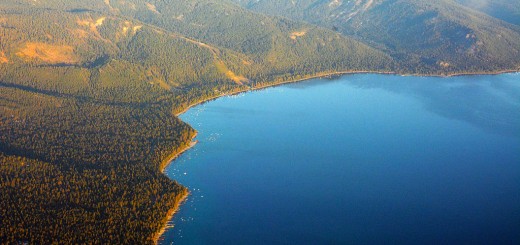
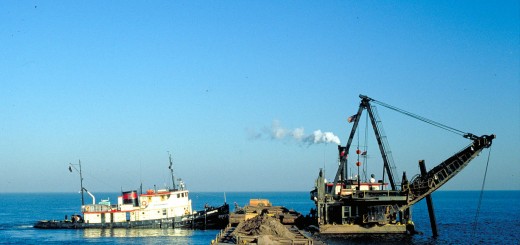
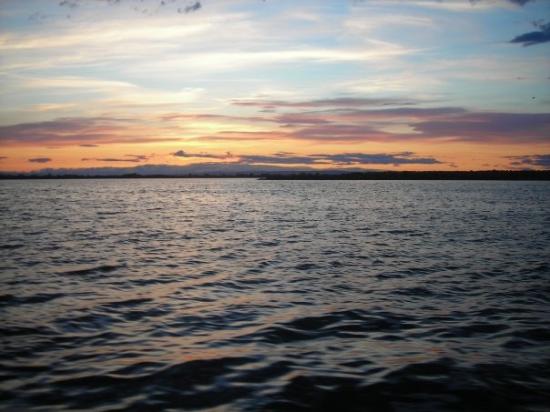
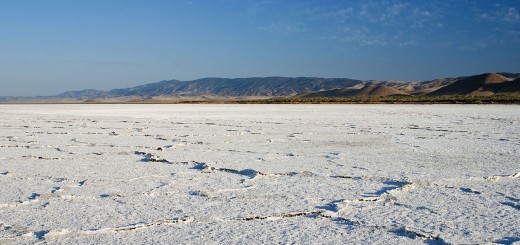






Wondering if you have done any follow-up to this story. What is the status of dredging at the lake now?